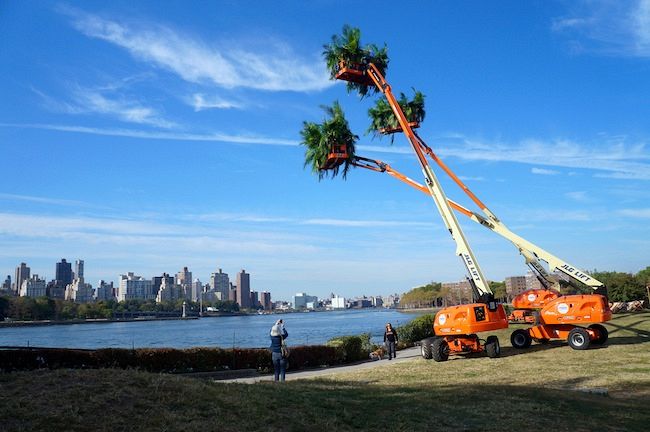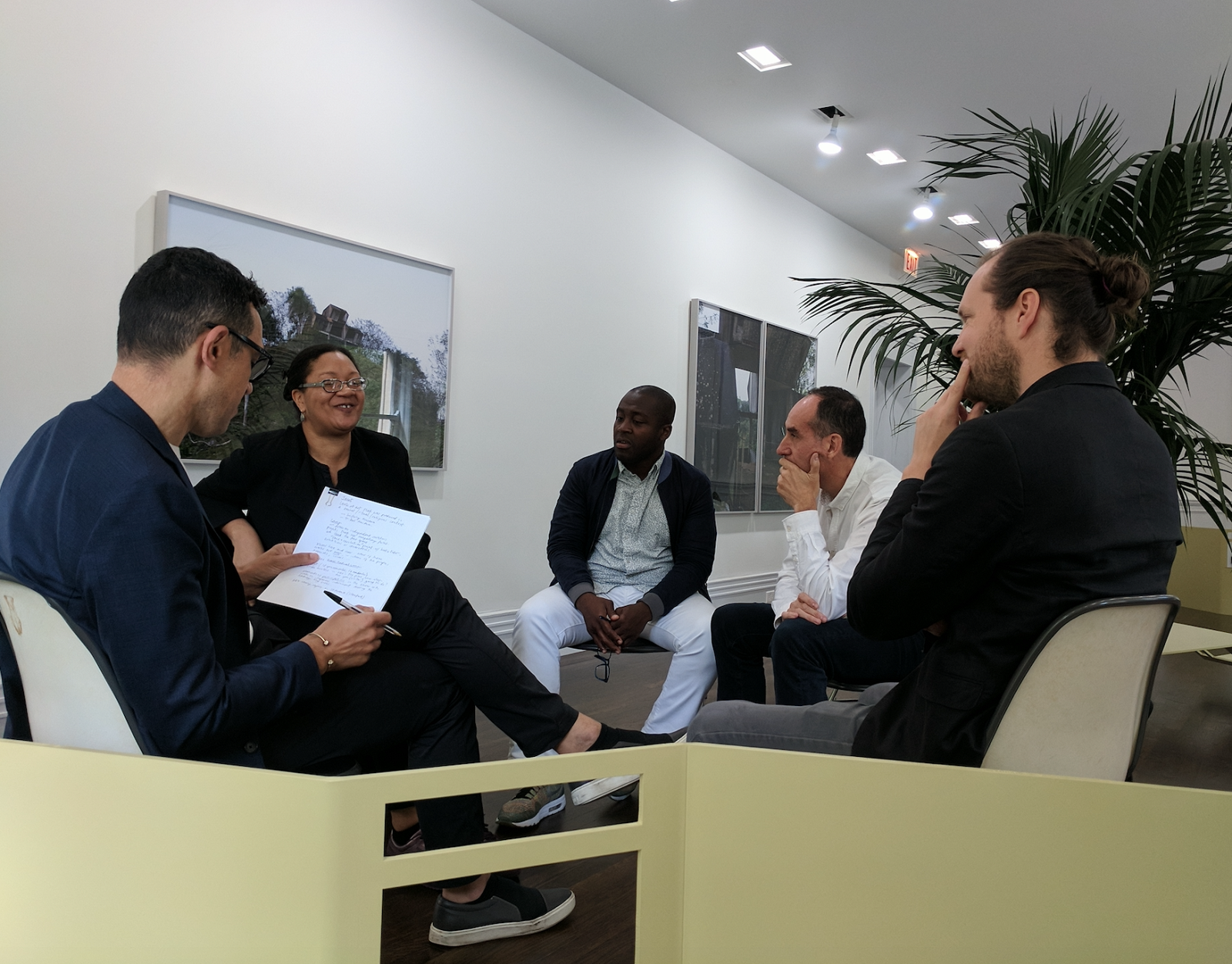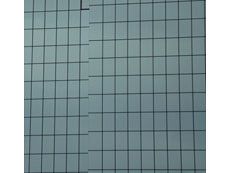Curator Bakirathi Mani developed this proposal during the Summer 2010 Curatorial Intensive in New York.
"I am speaking now of those of us who have emigrated… and I suspect that there are times when the move seems wrong to us all. We are Hindus who have crossed the black water; we are Muslims who eat pork. As a result - we are now partly of the West. Our identity is at once plural and partial. Sometimes we feel that we straddle two cultures; at other times, that we fall between two stools. But however ambiguous and shifting this ground might be, it is not an infertile territory for an artist to occupy." – Salman Rushdie
Imaginary Homelands is an exhibition of contemporary art by artists of Pakistani, Indian, and Bangladeshi descent based in the United States. Focusing on photography, video, and digital/multimedia installations, the exhibition explores how immigrants engage with the question of home. For many immigrants, homeland may be a country of origin, a natural landscape, the physical confines of a house. Or it may be accessed through new forms of technology: Voice Over Protocol on the Internet (VoIP), GPS devices, Skype, and satellite maps. Each of these technologies produces new experiences of space and time that bind immigrants closer to “home.” At the same time, many immigrants are out of place in their adopted homelands, marginalized by religious, racial, or national affiliation. Ambivalence and alienation pervade the works of immigrant artists, capturing the contradictions between being at home and abroad; between the national and the global; and between South Asia and the United States.
In the twenty-first century, South Asia has emerged as a political powerhouse on the world stage. Neoliberal reforms in India have transformed Indians into virtual Americans, laboring in corporate back offices as 24-hour customer service agents for U.S. companies. Social movements in Pakistan have created new gender roles for women and men. Across Pakistan, India, and Bangladesh, the spread of global Islamic movements as well as the rise of right-wing Hinduism has made South Asia a flashpoint in U.S. foreign policy. All the while, both legal and undocumented immigrants from these countries have arrived in the U.S., working as doctors, taxi drivers, entrepreneurs, and factory workers amongst other professions. Their labor is integral to the U.S. service economy; their remittances are central to economic growth in South Asia.
From Annu Palakunnathu Matthew’s lenticular prints in The Virtual Immigrant to Ruby Chishti’s fabric sculptures, the visual objects in this exhibition evoke not only the varied ways in which immigrants create a sense of belonging to America, but also provokes the viewer to examine his/her own claims to “home.” In Gauri Gill’s series,The Americans, Gill recreates Robert Frank’s journey of mid-twentieth century America but remaps the terrain of the country through the eyes of South Asian immigrants. Focusing on the terrorist attacks of September 11, 2001, Hasan Elahi’s web-based installation Tracking Transience rewires the surveillance of Muslim Americans, as Elahi wears a GPS device that continuously uploads data about his whereabouts, overwhelming those who try to track him.
In the past decade, there have been major surveys of contemporary Indian art (Edge of Desire, Queens Museum of Art and Asia Society, 2005) and Pakistani art (Hanging Fire, Asia Society, 2010) as well as commercial gallery shows foregrounding contemporary art from South Asia in the United States. This exhibition complements the approach adopted by museums and galleries by focusing on the often overlooked artistic practice in the diaspora. By highlighting the works of artists who live and travel between the U.S. and South Asia, Imaginary Homelands places the question of diaspora at the heart of contemporary artistic practice, showcasing the diverse forms, practices and aesthetic sensibilities that informs this globalizing field.
Learn More
For further information about this project or The Curatorial Intensive, please email info@curatorsintl.org.






